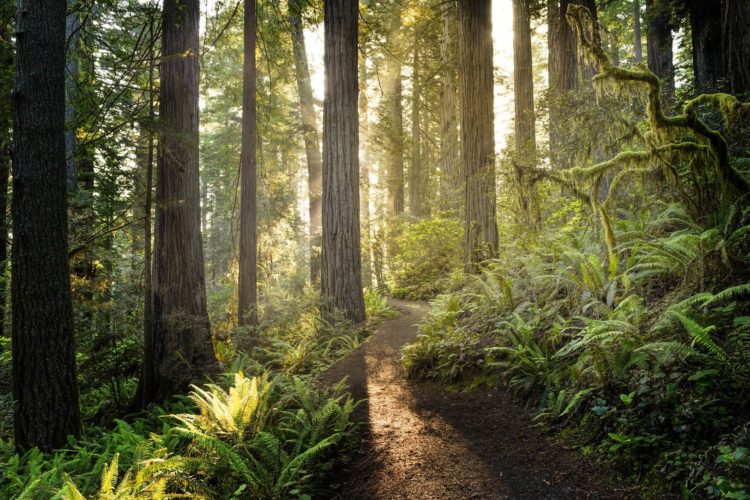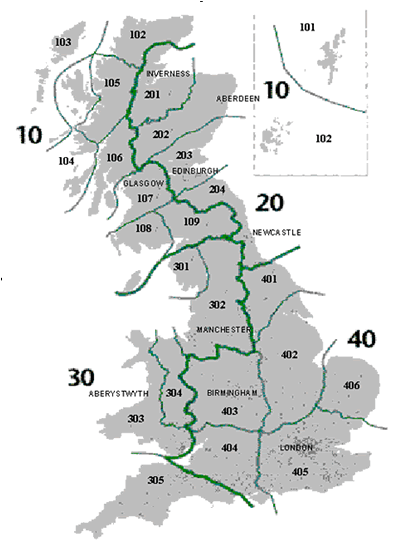Global climate change is widely accepted – wetter, warmer winters are predicted in the UK coupled with hotter drier summers, in the near future. Although this pattern hasn’t been clearly seen in recent summers or winters, it is apparent that the UK weather is changing.
Concerns over the productivity of British woodlands in the future British climate have led to much debate and consultation regarding the sourcing of planting stock, and research is currently underway regarding this topic. The overriding conclusion seems to be that we cannot predict the future weather, and the only prediction we can make is that we expect more frequent and more extreme weather events.
The recurring ideas regarding insurance against a changing climate seem to include:
- Plant species mixtures – not all species will be affected to the same extent and some will be much more tolerant to varying conditions than others. The range of tolerance of any given species is important to be aware of, as extreme weather events (e.g. sharp winter frosts / storms or summer heatwaves/ droughts / floods) may end the survival of some species that previously survived in Britain.
- Provenance mixtures will provide some insurance, however tree species should be well matched to site conditions, e.g. trees from southern provenances may suffer frost damage in spring if planted on a more northerly site. The actual characteristics of the planting site must be considered, i.e. altitude, climate and even aspect when selecting planting stock. A damp north-westerly facing slope may suit an entirely different provenance or species than a warm dry south-easterly facing slope in a nearby location.
Provenance is everything when selecting planting stock, whether it is for native woodland creation or commercial timber production. Plant buyers should be fully aware of the characteristics of their site and their requirements, and request the most suitably sourced stock from nurseries to achieve maximum productivity in the long run. Forestry Commission bulletin 124 An Ecological Site Classification for Forestry in Great Britain (2001), by G. Pyatt, D. Ray and J. Fletcher is applicable to all types of woodland. It matches key site factors including soil classification with the ecological requirements of different tree species / woodland communities, and is a useful forest planning tool for a wide range of management objectives.





